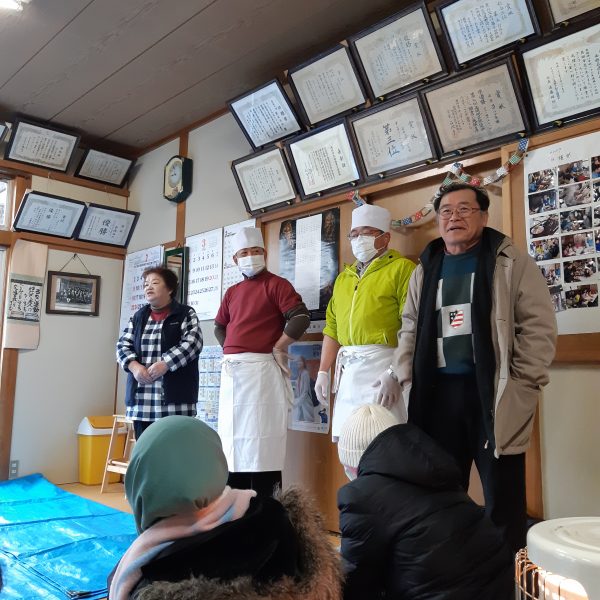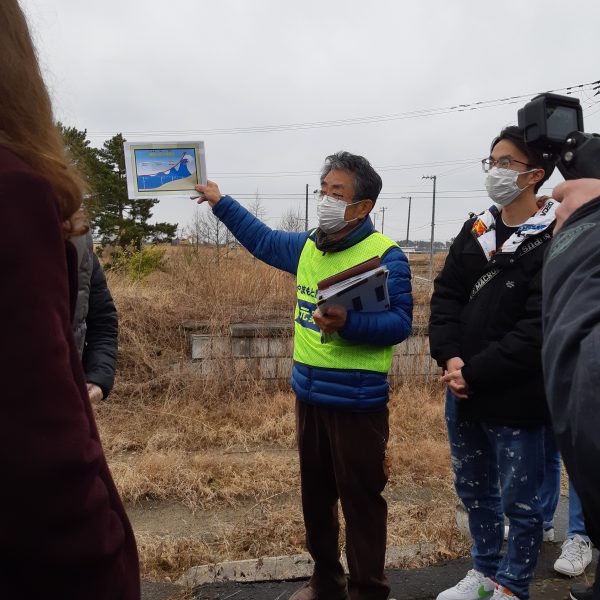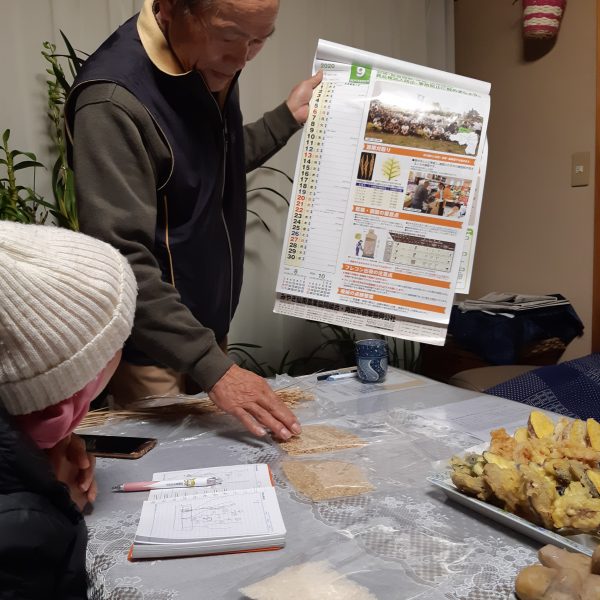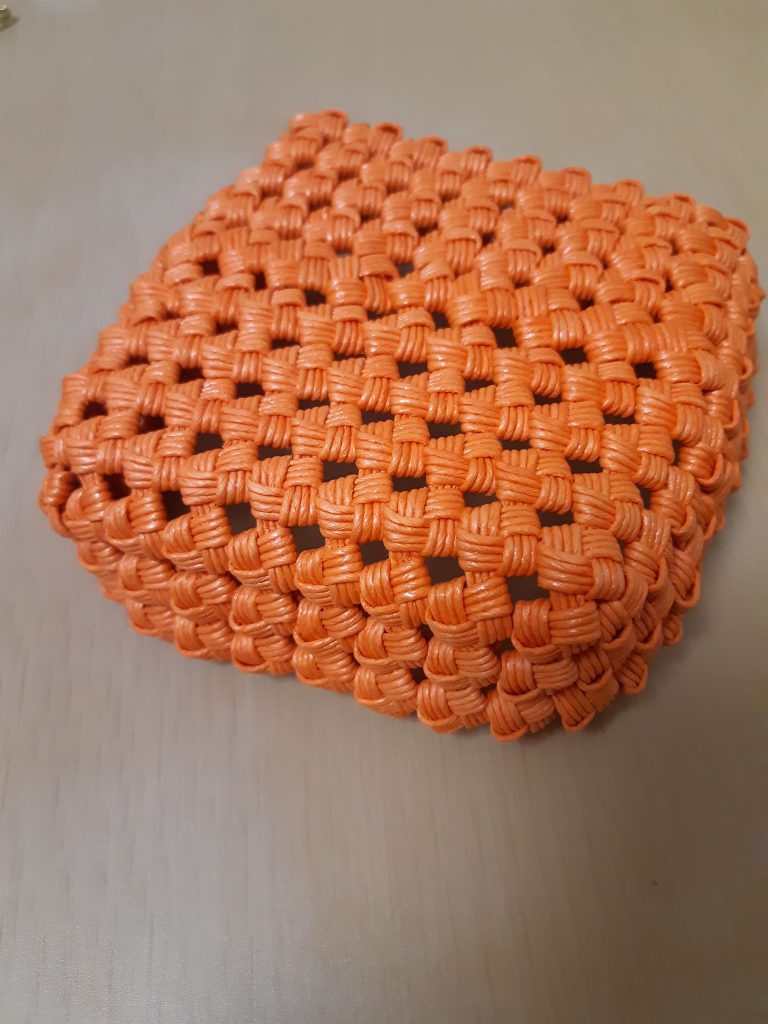When you think of Japan, what image comes first to your mind? Robots? Busy streets? Jam-packed trains? Touristy places? Fast-paced life? These are the exact thoughts I had the moment I knew that I would be going to Tokyo Tech to pursue my graduate studies. However, participating in a homestay program made me realize that there’s more to Japan than the highly urbanized areas.
Tokyo Tech has been organizing homestay programs for its international students since 2009. In this program, international students get to experience living with a Japanese family for a few days. I was one of the lucky ones, along with 17 other students from 14 different countries, who was able to participate in this event before the pandemic started.
On the first day, students and several Tokyo Tech staff members boarded a chartered bus to travel from Tokyo to Miyagi Prefecture. First, we visited Kakuda Space Center – a facility of the Japan Aerospace Exploration Agency (JAXA) – which specializes in research and development of rocket engines that are vital for sending satellites into outer space. Japan has been on the forefront of rocket science research, and it is so amazing to be able to tour one of Japan’s space centers.

After an informative visit at JAXA, we headed to a restaurant where we were welcomed by selected residents of Kakuda City. Tokyo Tech collaborated with the Kakuda local government to match two to three international students with one family. Naime from Iran and I were assigned to the very accommodating and generous Shoji Family. At the welcome party, there were performances by some of the international students (including myself) and residents, and of course, we enjoyed a sumptuous dinner buffet. After the party, the students went home with their respective homestay families. Upon arriving home, Naime and I got to know more about our homestay family and even talked about our personal lives.


On the second day, we tried to make soba (buckwheat noodles) from scratch. The students were divided into three groups and each group made soba with the help of the instructors. I had never tried to prepare any type of noodles before, so this activity was a first for me! In making soba, it is important to have the right amount of wheat flour and water. The former will help hold the soba dough together and give it some elasticity while rolling it out. The first steps in soba-making like kneading and rolling were manageable, but the last step – slicing the soba -was so hard! We used a sharp and heavy knife, and we had to slice the dough as thin and as straight as possible, something that I wasn’t able to do flawlessly (yikes!).




On the third day, we visited the nearby town of Yamamoto to learn about what transpired during the most powerful earthquake ever recorded in Japan and its ensuing tsunami, the 2011 Tohoku earthquake. We saw photos and videos of the aftermath and learned about its devastating effects on the people and the community, as well as measures currently put in place by the government to prepare for a future (God forbid) disaster. This tour was emotionally heavy for me. Internalizing that about 20,000 people died from this disaster was too much. I could not imagine the pain felt by those who lost their loved ones in an instant. Seeing the actual places where a lot of people lost their lives really brought a tingling sensation to my spine. I sincerely wish that the survivors will be relieved from the trauma and can move forward with their lives.

To help us move on from the emotionally intense morning, we went strawberry-picking at Yamamoto Strawberry Farm. For one hour, we could pick unlimited strawberries and eat them straight away. The strawberries tasted so good that they erased the sadness I felt in the morning!


On the fourth day, international students had the liberty to spend the whole day with their homestay families. In my case, Naime and I first traveled around the rice paddies of Kakuda and learned about the sophisticated equipment the farmers use in planting and harvesting rice. I was so amazed that even though they are in a rural area, the farmers use technologically advanced tools in farming! Next, we travelled around the city center and visited some museums. When we went home, my homestay family talked more about agriculture in Miyagi prefecture and even taught us how to weave baskets!



On the last day, with a heavy heart we had to say our goodbyes. We had a farewell party where we expressed our gratitude to the people of Kakuda and where the homestay families could express how happy they were to welcome Tokyo Tech international students into their homes.
Thank you so much to Tokyo Tech for letting us immerse into the life in rural Japan and letting us experience the generosity and hospitality of people from Kakuda!

